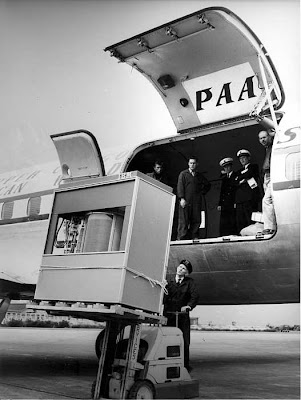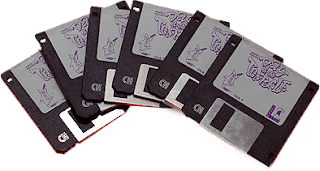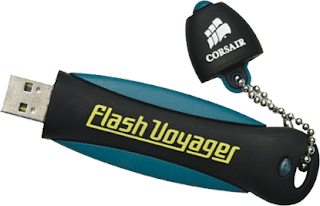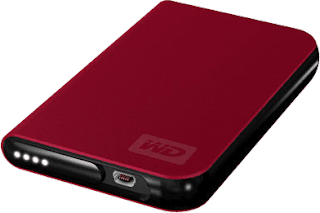 |
| An IBM Model 350 Disk File - 5 MB (1956) |
The beauty of Information System & Technology era is the ability of transferring and sharing data and information. Over the years, people have tried to transfer information from one computer or electronic devices to another in many ways. Unlike 10-20 years ago, nowadays we are used to have hundreds of gigabytes of storage capacity
in our computers or electronic devices. Even the small MP3 players and thumb-drive have several gigabytes of storage. This was pure science fiction
few decades ago.
The first hard disk drive was introduced by IBM in 1956. It was called the IBM Model 350 Disk File and was a huge
device (refer above photo). It had 50 24-inch disks contained inside a
cabinet that was as large as a cupboard.
This hulk of a storage unit could store a whopping 5 MB of data. One interesting fact, although hard disk drives kept improving, state-of-the art disks were
built according to the concept “bigger is better”.
Hard disk drives were normally used together with big mainframe
computers, so this was not such a big deal. Entire rooms were already
set aside for the computers.
 |
| 3.5" Floppy Disk - 1.44 MB (1982-present) |
In 1982, world has been introduced with Sony's 3.5-inch floppy that won the approval of
the Micro-floppy Industry Committee. A hard plastic shell has allow users to carry disk easily, and a sliding
metal cover protected the magnetic media from debris. Miraculously, the
3.5-inch physical factor has extended the floppy's lifespan until now, and only recently it has become common to find new PCs without the 3.5-inch drive bay.
 |
| USB Flash Drive - 64 GB (2000-present) |
|
|
|
|
|
|
The most significant storage innovation since the 1.44MB floppy
disk is the invention of USB flash drives in 2000 which has overshadowed floppies. The convenience of USB is the plug-and-play operation which can makes every computer
user's life easier, and that advantage extends to removable storage as
well. Small, portable USB-powered hard drives are common
today; they hold lots of data and get cheaper every year.
 |
2.5" Portable Hard Drive (2000-present)
|
Portable hard drive is a high-memory capacity data storage device. The
latest generation portable hard drives with lightweight characteristics
are increasingly becoming popular among users. Many portable drives come with some kind
of automatic or push-button backup solution, with capacities reaching as
high as 1TB. High-capacity portable hard drives can be used to store graphics-rich documents, photos,
high-end presentations, music videos, utility tools and even movies.









